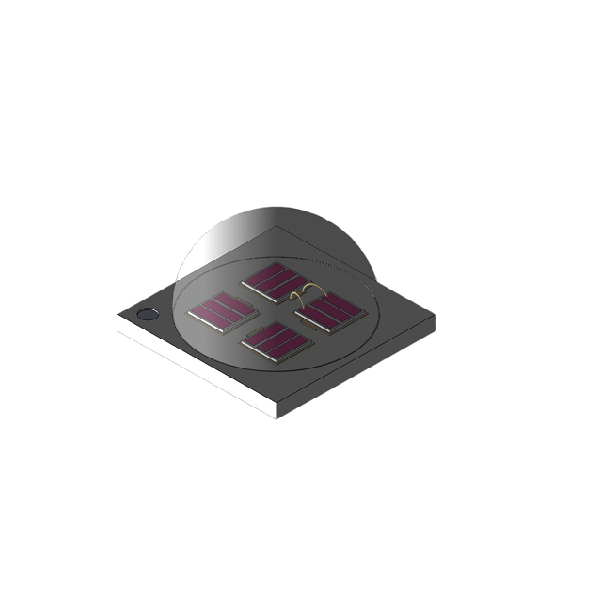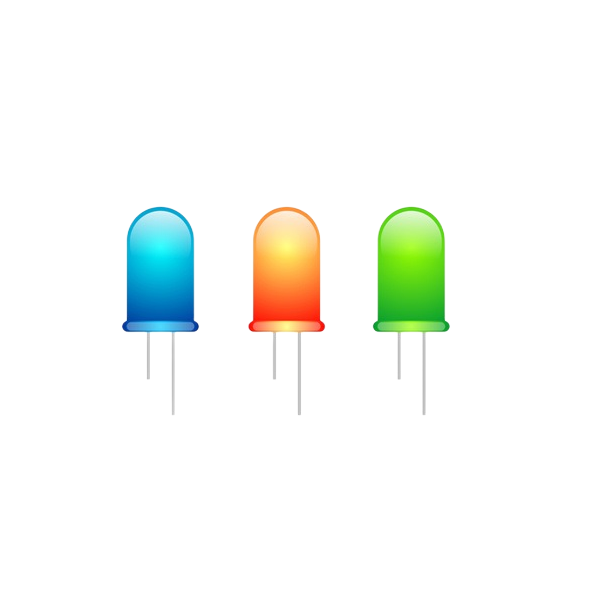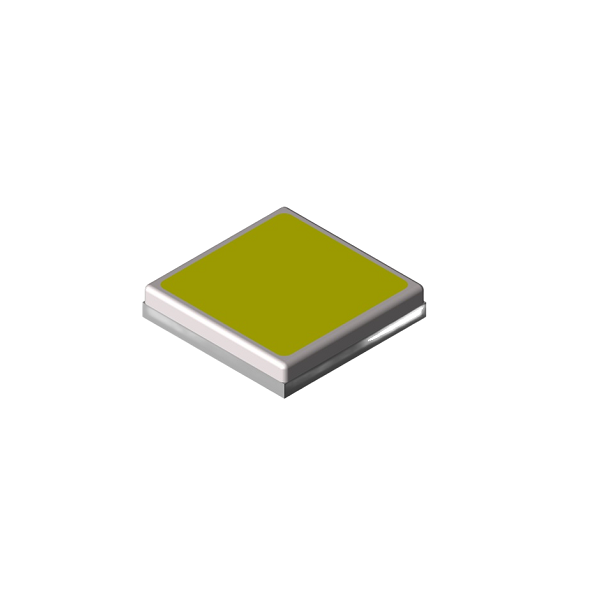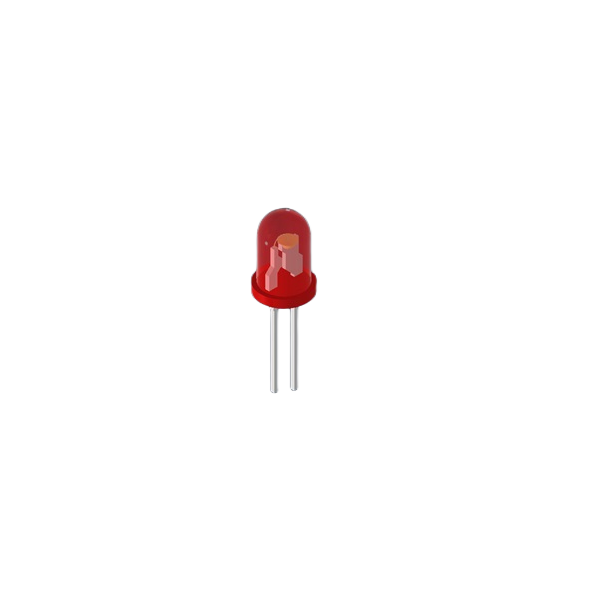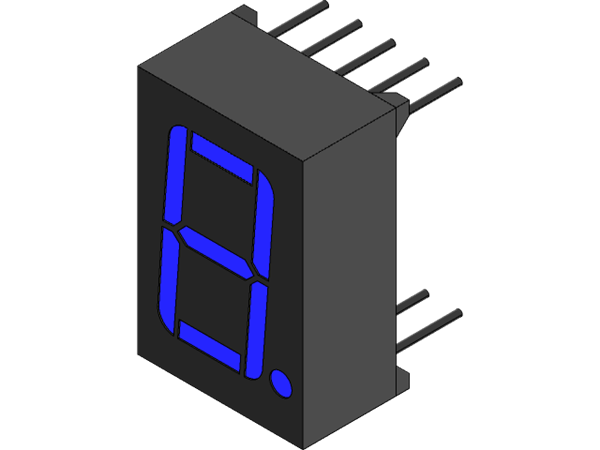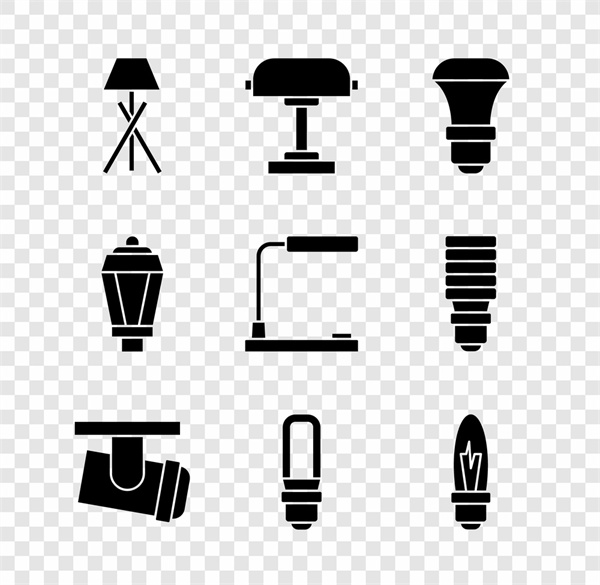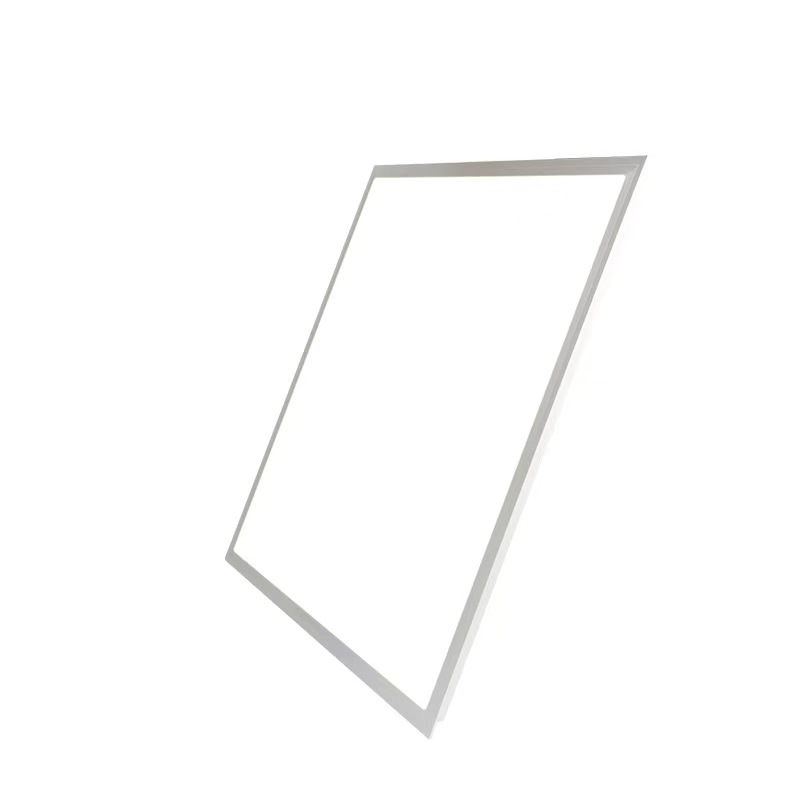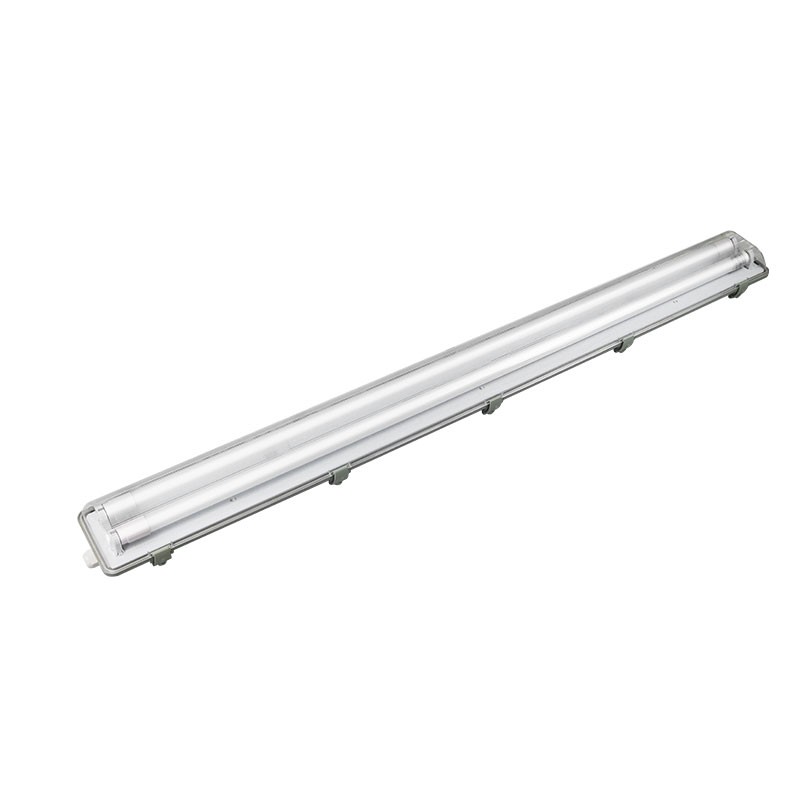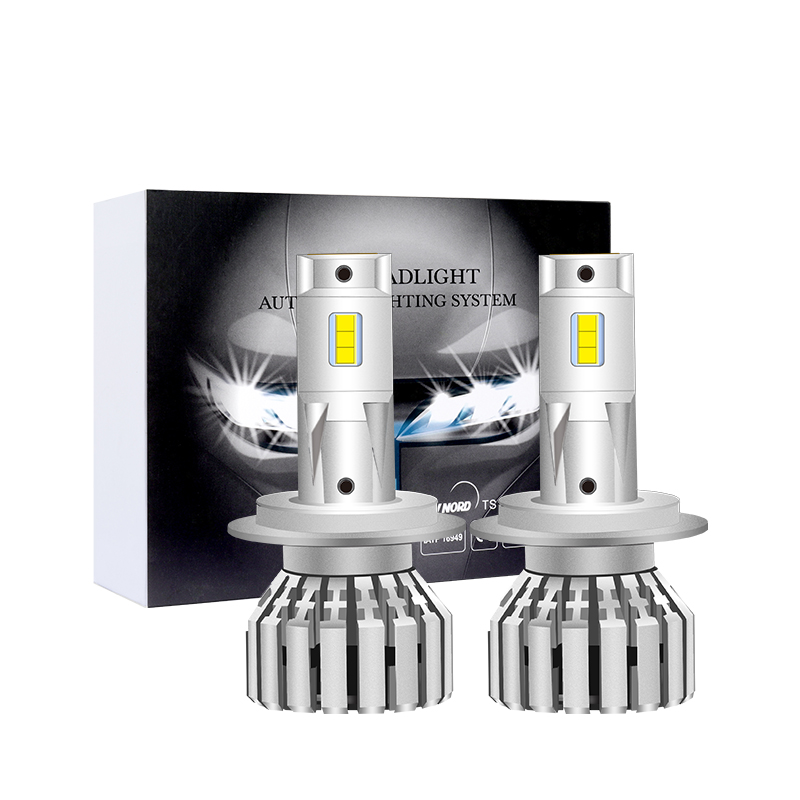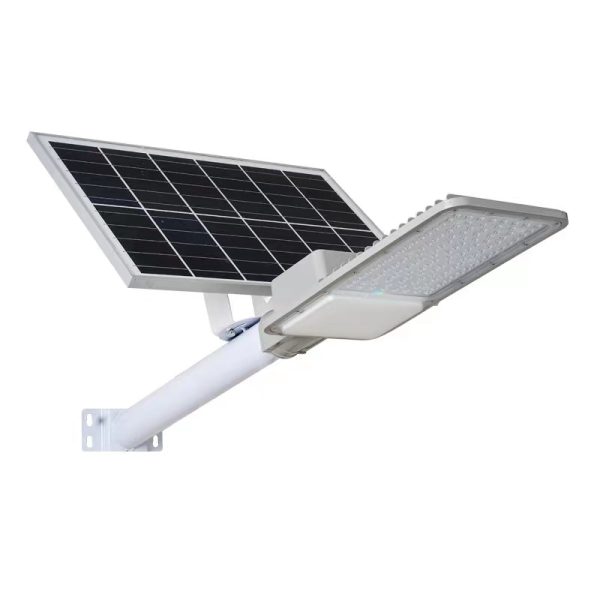Several methods for producing white LED
Currently, there are three common methods for generating white light using LED chips:
Coating YAG fluorescent powder on LED blue light chips. Coating YAG (Ytrium Aluminum Garmet) phosphor on LED blue light chips, the blue light emitted by the chip can excite the phosphor and produce typical yellow green light of 500-560 nm, which is then combined with blue light to form white light. The preparation of white light using this method is quite simple, easy to implement, and has high efficiency. The capital investment is not too large, so it has certain practicality. The disadvantage is that after mixing fluorescent powder with glue, the uniformity is difficult to control. Due to the easy precipitation of fluorescent powder, the glue distribution is uneven and the amount of glue distribution is difficult to control, resulting in poor light uniformity, poor color tone consistency, easy deviation of color temperature, and insufficient color development.
RGB tri color mixing. This method involves combining green, red, and blue LED chips, simultaneously powering them on, and then mixing the emitted green, red, and blue light in a certain proportion to form white light. The ratio of green, red, and blue is usually 6:3:1, or white light can be generated by using a blue light chip and a yellow green dual chip to complement the color. As long as the current through various chips is stable and the heat dissipation is good, the white light generated by this method is more stable and easier to produce than the white light generated by the above method. However, due to the different light attenuation of the red, green, and blue chips, the driving method (controlling the current through the LED) needs to consider the different light attenuation of different chips. By using different currents for compensation, the proportion of light emitted is controlled at 6:3:1, which can maintain the stability of the mixed white light and achieve the desired effect.
Coating RGB fluorescent powder on LED ultraviolet chips. This method utilizes ultraviolet light to excite fluorescent powder and produce three primary colors of light to mix and form white light. However, the current UV chips and RGB phosphors are mixed excited, resulting in low light output efficiency. Moreover, the epoxy resin used for packaging is prone to decomposition and aging under UV irradiation, leading to a decrease in transmittance. This method will not be described in detail here.


